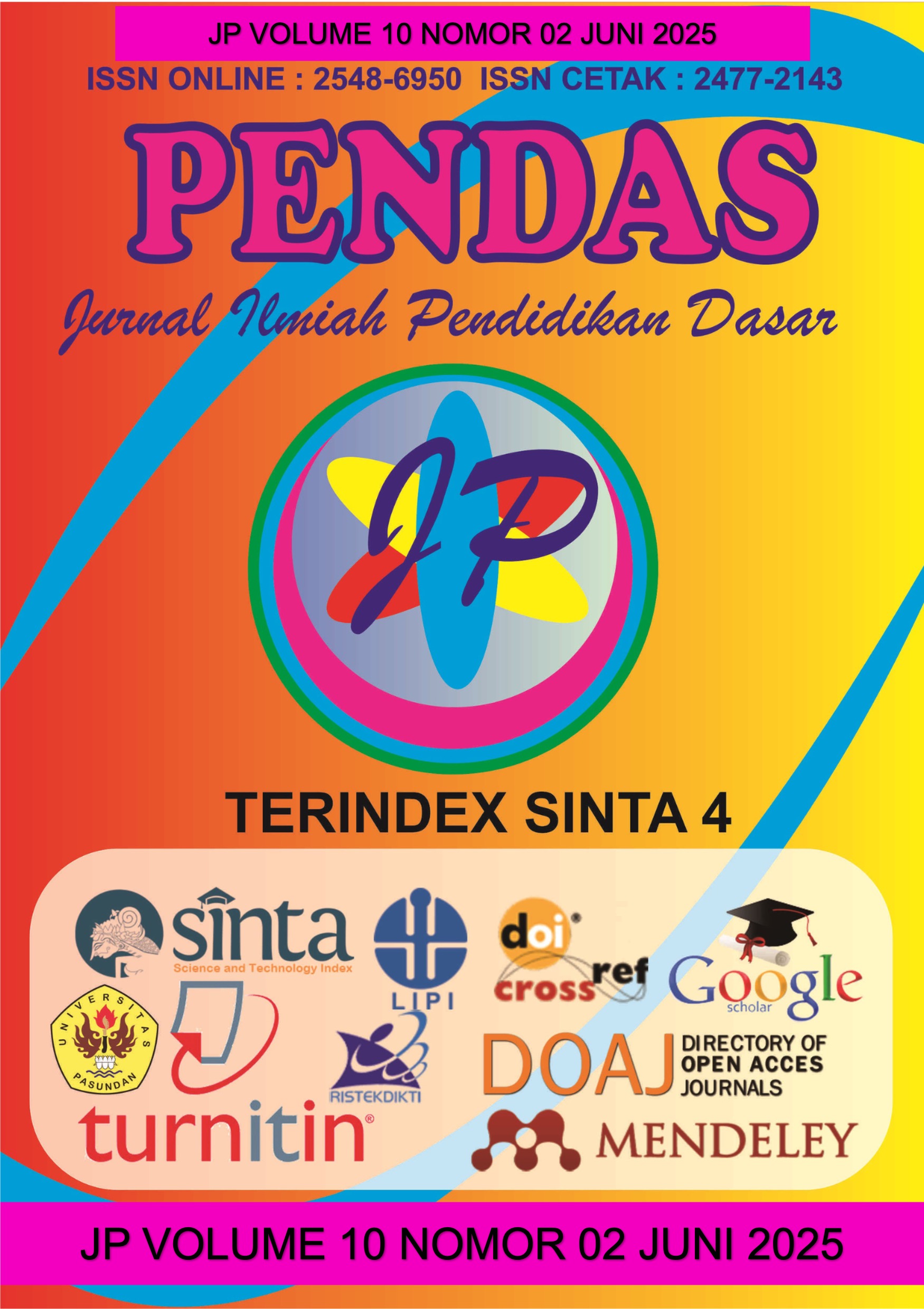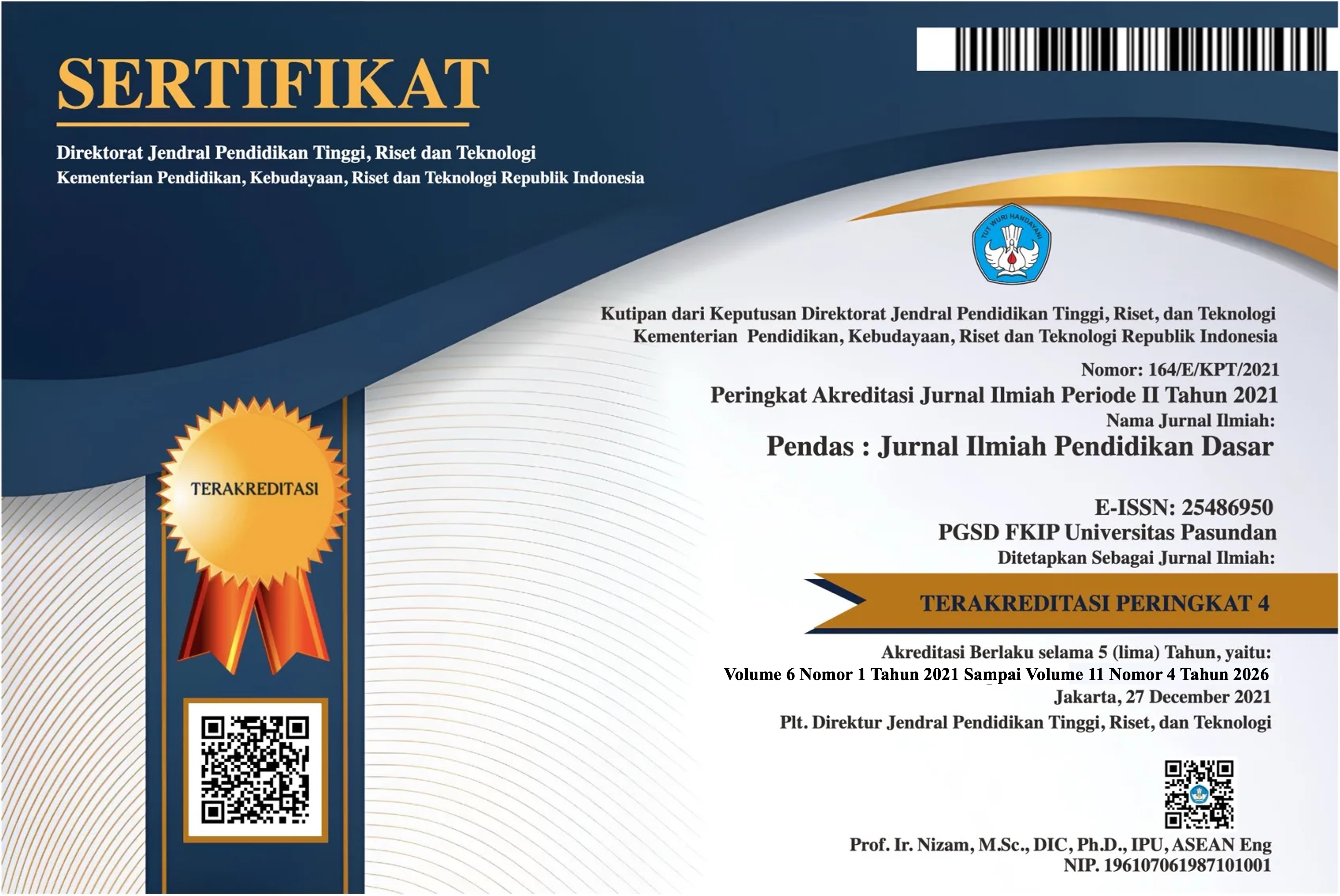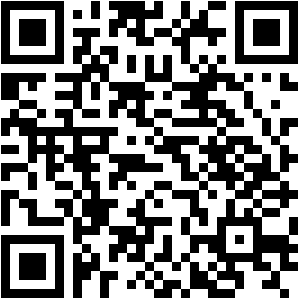PENGGUNAAN KAHOOT SEBAGAI MEDIA PEMBELAJARAN BERBASIS PERMAINAN SEBAGAI BENTUK VARIASI PEMBELAJARAN DALAM MATA PELAJARAN IPS SISWA SMP BIRRUL WALIDAIN MUHAMMADIYAH PLUPUH
DOI:
https://doi.org/10.23969/jp.v10i02.28053Keywords:
Kahoot, game-based learnin, Social StudiesAbstract
This study aims to determine the effectiveness of using Kahoot, a game-based learning platform, in improving student learning outcomes in Social Studies (IPS) at SMP Birrul Walidain Muhammadiyah Plupuh. The research employed a quasi-experimental method with a Nonequivalent Control Group Design. The subjects were 28 seventh-grade students, divided into two groups: VII A as the experimental group (using Kahoot) and VII B as the control group (using conventional teaching methods), each consisting of 14 students. Data were collected through pretest and posttest assessments. The results showed that the average posttest scores of the experimental group were significantly higher than those of the control group. The independent t-test confirmed a significant difference in learning outcomes between the two groups. It can be concluded that the use of Kahoot as a game-based learning medium is effective in enhancing students’ understanding and engagement in Social Studies learning.
Downloads
References
Bicen, H., & Kocakoyun, Ş. (2018). Perceptions of students for gamification approach: Kahoot as a case study. International Journal of Emerging Technologies in Learning (iJET), 13(2), 72–93. https://doi.org/10.3991/ijet.v13i02.7467
Deterding, S., Dixon, D., Khaled, R., & Nacke, L. (2011). From game design elements to gamefulness: Defining gamification. Proceedings of the 15th International Academic MindTrek Conference: Envisioning Future Media Environments, 9–15. https://doi.org/10.1145/2181037.2181040
Hamid, A., & Putra, R. P. (2020). Penerapan media Kahoot untuk meningkatkan hasil belajar siswa pada mata pelajaran IPS. Jurnal Pendidikan Sosial Indonesia, 5(1), 34–41.
Hidayat, D. N., & Yulianto, A. (2022). Penggunaan media pembelajaran interaktif berbasis teknologi dalam meningkatkan motivasi belajar IPS. Jurnal Pendidikan Ilmu Sosial, 14(2), 78–85.
Ismail, M. (2019). Inovasi pembelajaran IPS melalui teknologi digital: Studi eksperimen penggunaan Quizizz dan Kahoot. Jurnal Teknologi Pendidikan dan Pembelajaran, 7(1), 12–21.
Plump, C. M., & LaRosa, J. (2017). Using Kahoot! in the classroom to create engagement and active learning: A game-based technology solution for eLearning novices. Management Teaching Review, 2(2), 151–158. https://doi.org/10.1177/2379298116689783
Prasetyo, Z. K., & Sudaryanti, S. (2021). Gamifikasi dalam pembelajaran IPS: Upaya meningkatkan hasil belajar melalui media Kahoot. Jurnal Ilmu Pendidikan dan Humaniora, 9(1), 56–63.
Rahmawati, S., & Rahayu, E. S. (2020). Pengaruh penggunaan media digital interaktif terhadap motivasi dan hasil belajar IPS. Jurnal Pendidikan dan Teknologi, 4(3), 189–198.
Santrock, J. W. (2011). Psikologi pendidikan (Edisi 3). Jakarta: Kencana Prenada Media Group.
Sanjaya, W. (2012). Strategi pembelajaran berorientasi standar proses pendidikan. Jakarta: Kencana.
Siregar, E., & Nara, I. (2014). Teori belajar dan pembelajaran. Bogor: Ghalia Indonesia.
Sudjana, N. (2005). Dasar-dasar proses belajar mengajar. Bandung: Sinar Baru Algensindo.
Suhartono, D. (2018). Penggunaan media pembelajaran berbasis IT untuk meningkatkan keterlibatan siswa. Jurnal Teknologi Pendidikan, 20(2), 112–120.
Zainuddin, Z., & Perera, C. J. (2018). Exploring students’ competence, autonomy and relatedness in the flipped classroom pedagogical model.
Journal of Further and Higher Education, 43(1), 115–126. https://doi.org/10.1080/0309877X.2017.1356916
Downloads
Published
Issue
Section
License
Copyright (c) 2025 Pendas : Jurnal Ilmiah Pendidikan Dasar

This work is licensed under a Creative Commons Attribution 4.0 International License.



















